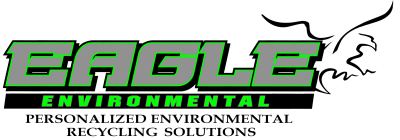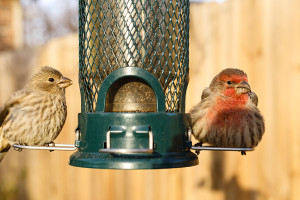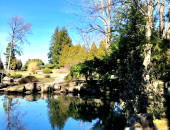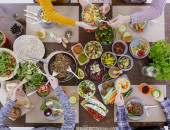This time of year we may not have such harsh weather, but the trees have lost their leaves, and the fruits they produce that feeds the many wildlife that stays in this area throughout winter months. Animals will eat bark, and what might be left of grass and brush, but they do enjoy a source they can depend on.
It’s very important to note that once you start feeding wildlife that you don’t abruptly stop. Keeping the birdfeeders, and corncob holders filled is vital to their daily nutrition. Many lumber-type establishments will stock supplies such as bird seed, corn cobs, suet and cakes, nuts and fruits, and food blocks for deer.
Make sure that the habitat area you are feeding also has a safe water source, and shrubbery that wildlife can hide or nest in. Feeding is only one way in which you can enjoy nature. Making it feel safe to them also is important to keep them coming around. Start by checking out the area before you invest in feeding and you will have a wonderful experience watching a variety of animals.
It is necessary to educate yourself on the risks of providing food for the animals, especially birds. Disease is easily transferred to these inhabitants if care is not taken in the place the birds and other wildlife go to get their food source. It’s a great idea to watch this video on research from Iowa State about disease transmission and birds to understand the risk and hear how to keep birds safe. https://vimeo.com/154107241







